NARWHAL ACCUMULATING MORE MERCURY?
Featured
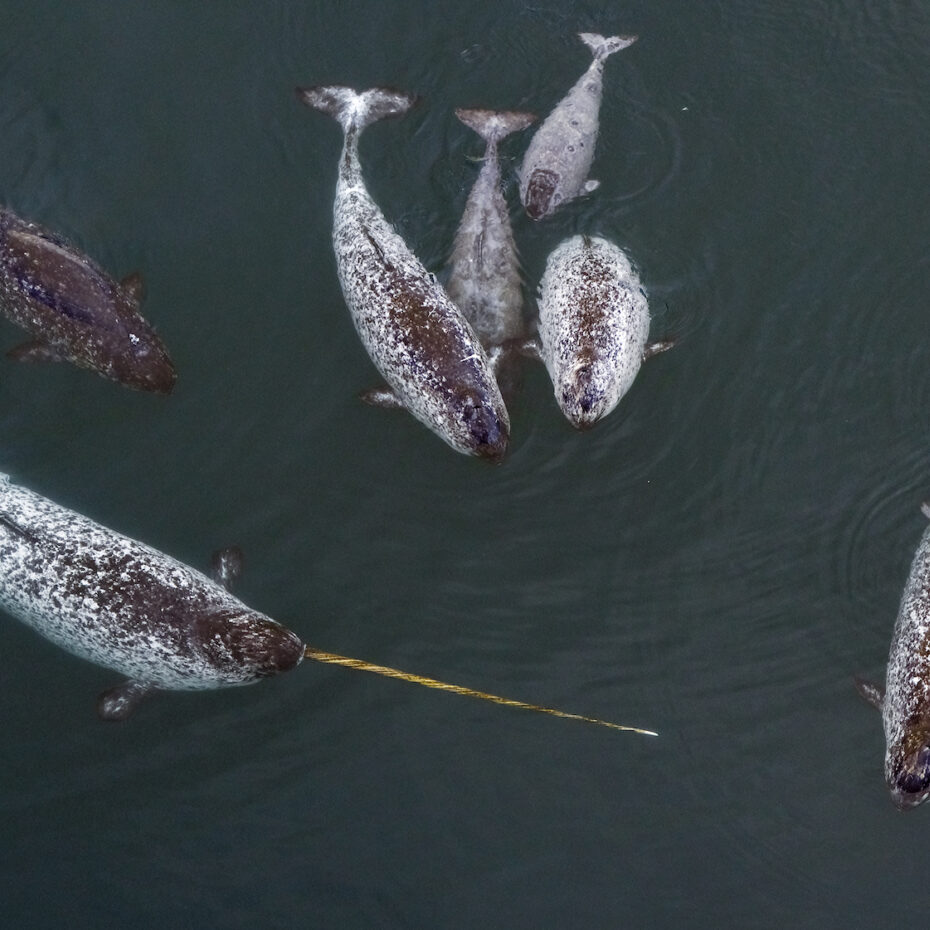
Featured
April 05, 2021 | The Canadian Arctic
Scientists recently analyzed 10 narwhal tusks to find troubling increases in mercury.
Narwhal, the tusked whale that migrates down the Northwest Passage near Arctic Watch every (late) July and August, has long been a fixture in stories and fables of the early explorers.
Contrary to highly social whale species such as the beluga whales that visit our lodge every season, narwhal, a deep water whale, tend to be less social and somewhat cautious - they're generally harder to observe in the Canadian Arctic as a result.
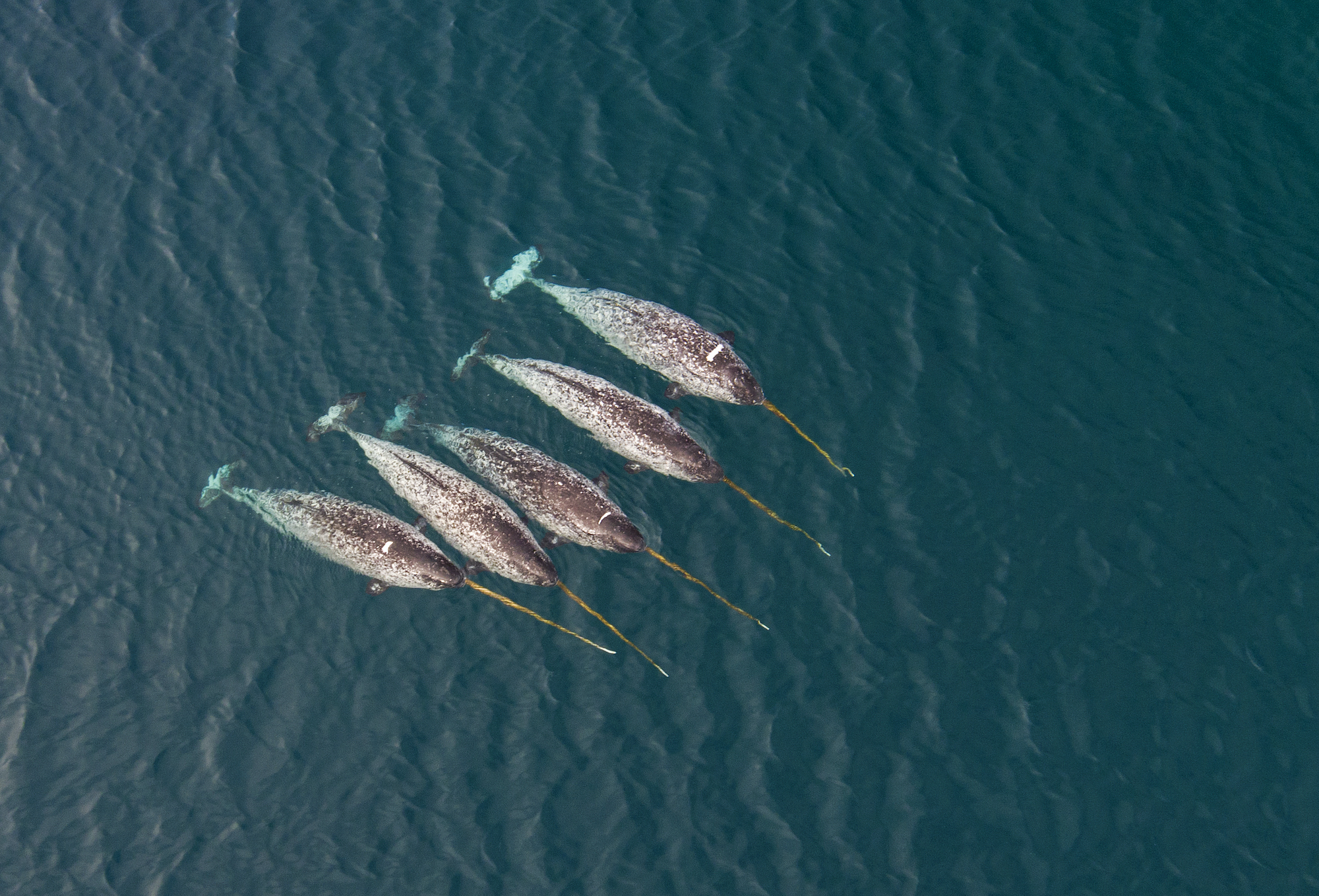
A new study published in Current Biology by Jean Pierre Desforges and team indicate disturbing trends taking place in narwhal populations.
The narwhal tusk - an ivory-like horn (actually a tooth) that protrudes from the front of the narwhal, has growth rings somewhat akin to tree rings. Every year, as the whale ages, layers in the tusk are added. Tusks can measure 10 feet in length - older whales will have longer tusks while some can even have two tusks.
These tusks have rings: cutting open and analyzing the tusk can reveal a significant amount of information on mercury levels in the animal as well as any changes in diet on a yearly basis.
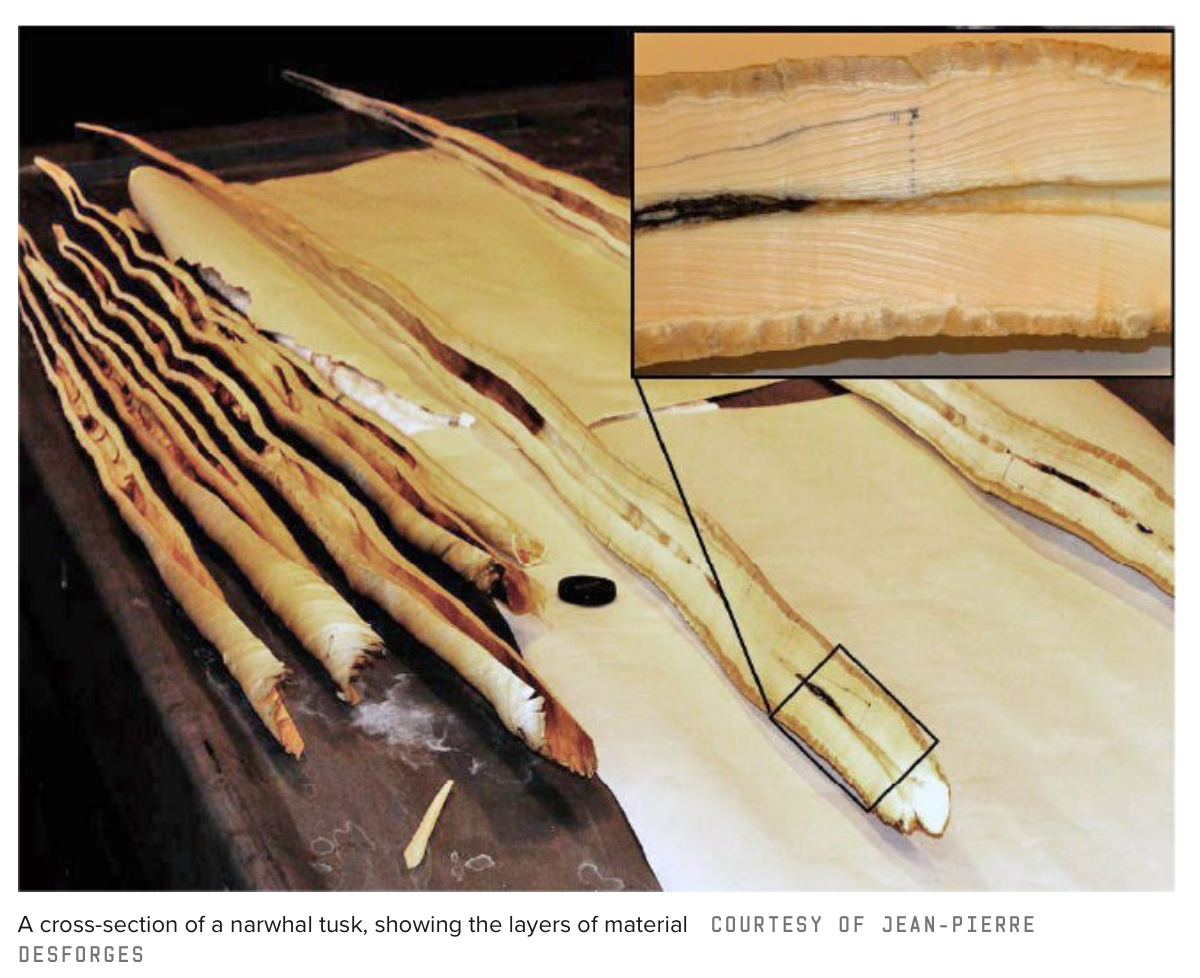
The study revealed that between 1962 and 2000, the mercury levels in narwhal increased by a yearly average of 0.3%. Between 2000 and 2019, mercury levels increased by a yearly average of 1.3%. This sort of sharp increase is fairly consistent with top Arctic predators (such as polar bears).
Mercury is a neurotoxin that accumulates in a species over the course of its lifetime. Predators at the top of the food chain will have higher levels of mercury (from eating prey with mercury) than lower food-chain species. While polar bears have the ability to sequester (i.e expel) mercury into their fur, narwhal don't posses this trait.
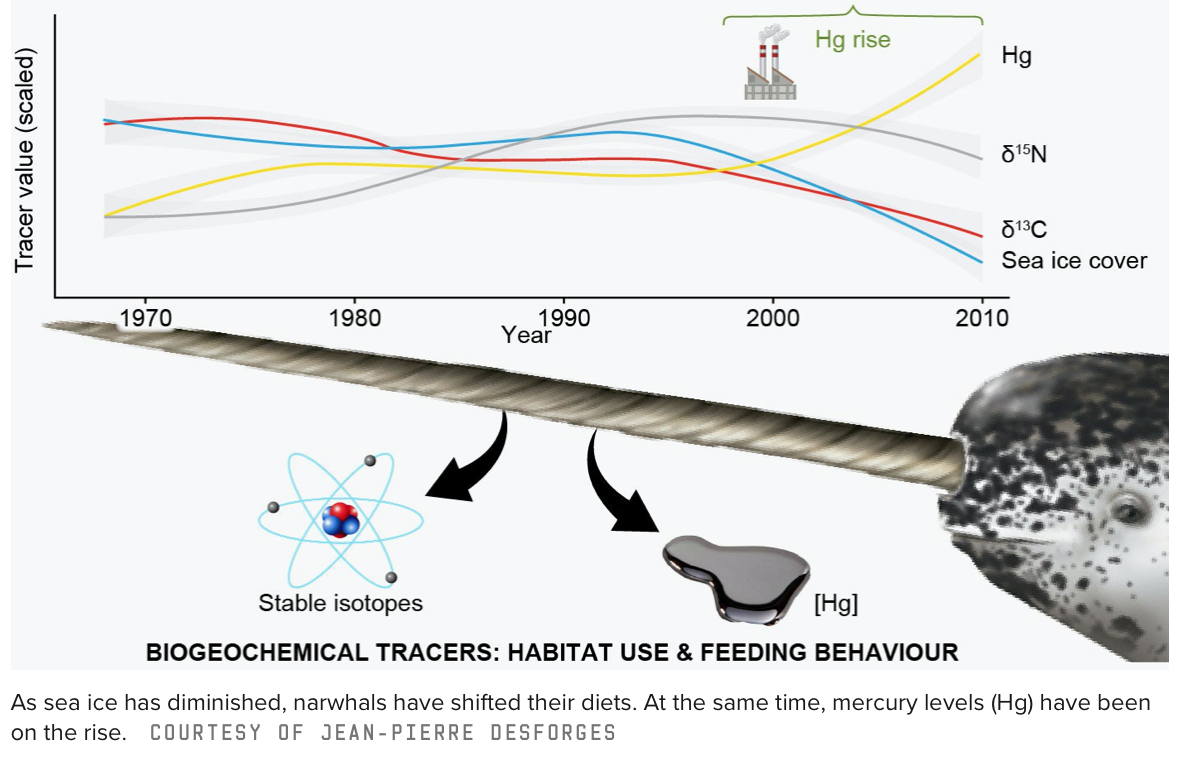
Narwhal diets are also changing - shifting from prey such as arctic cod, arctic char and halibut that are generally found in ice-laden waters to open ocean prey such as capelin (smelt family). The changes in diet coincide closely to (the timeframe of) a dramatic drop in sea ice coverage, starting in the early 1990s. These open ocean prey typically have less caloric value than their colder-water neighbours.
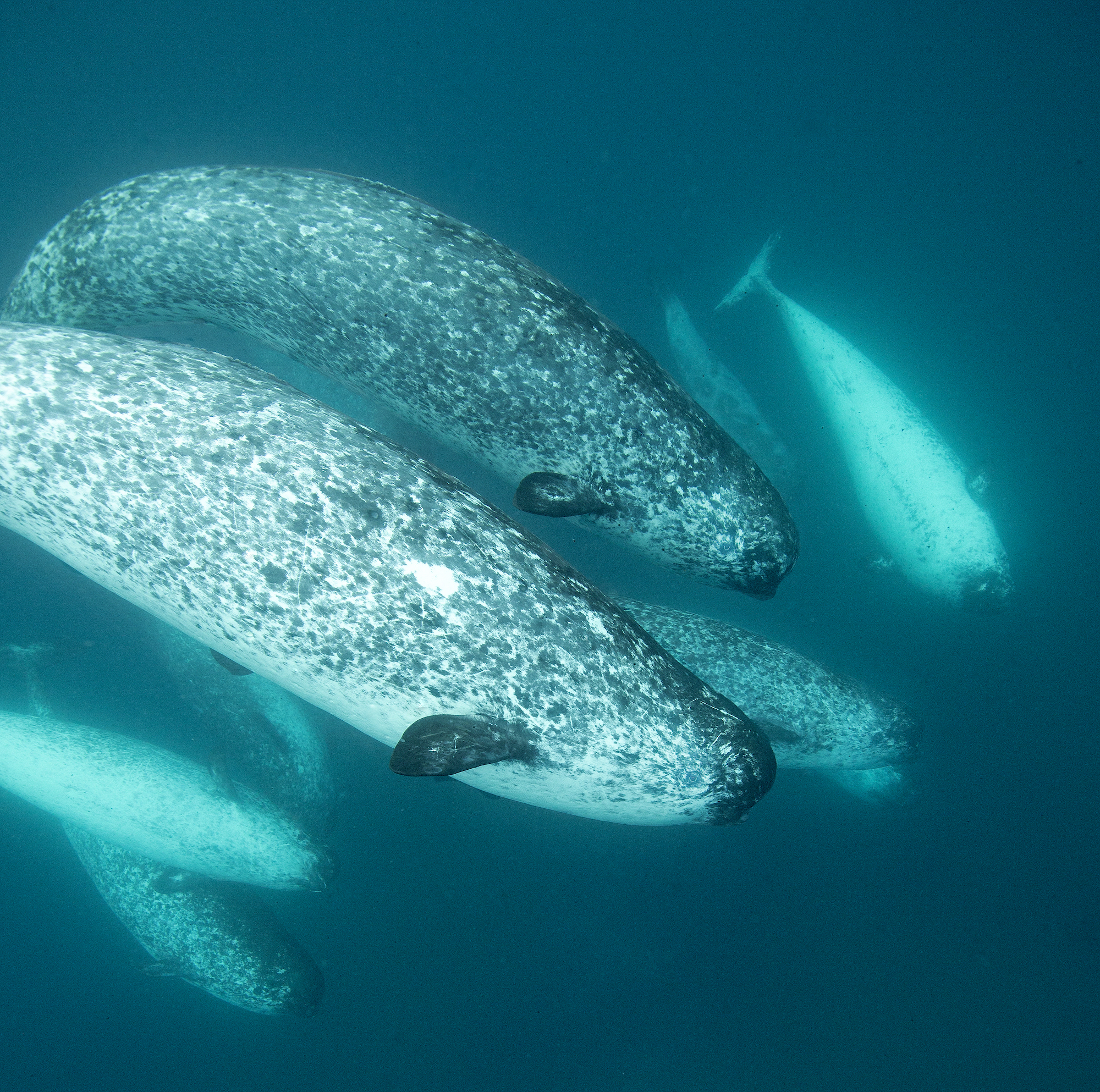
A change in diet may not spell catastrophe for the narwhal, but a change in diet (with decreased caloric intake) combined with increasing mercury levels is cause for concern.
At our lodge Arctic Watch, we occasionally find narwhal tusks that wash up on the shorelines of Somerset Island. Narwhal migrate through the vicinity in August every season. Given their size, it is safe to assume that these tusks wash up from old whales that die natural deaths on the migratory route.
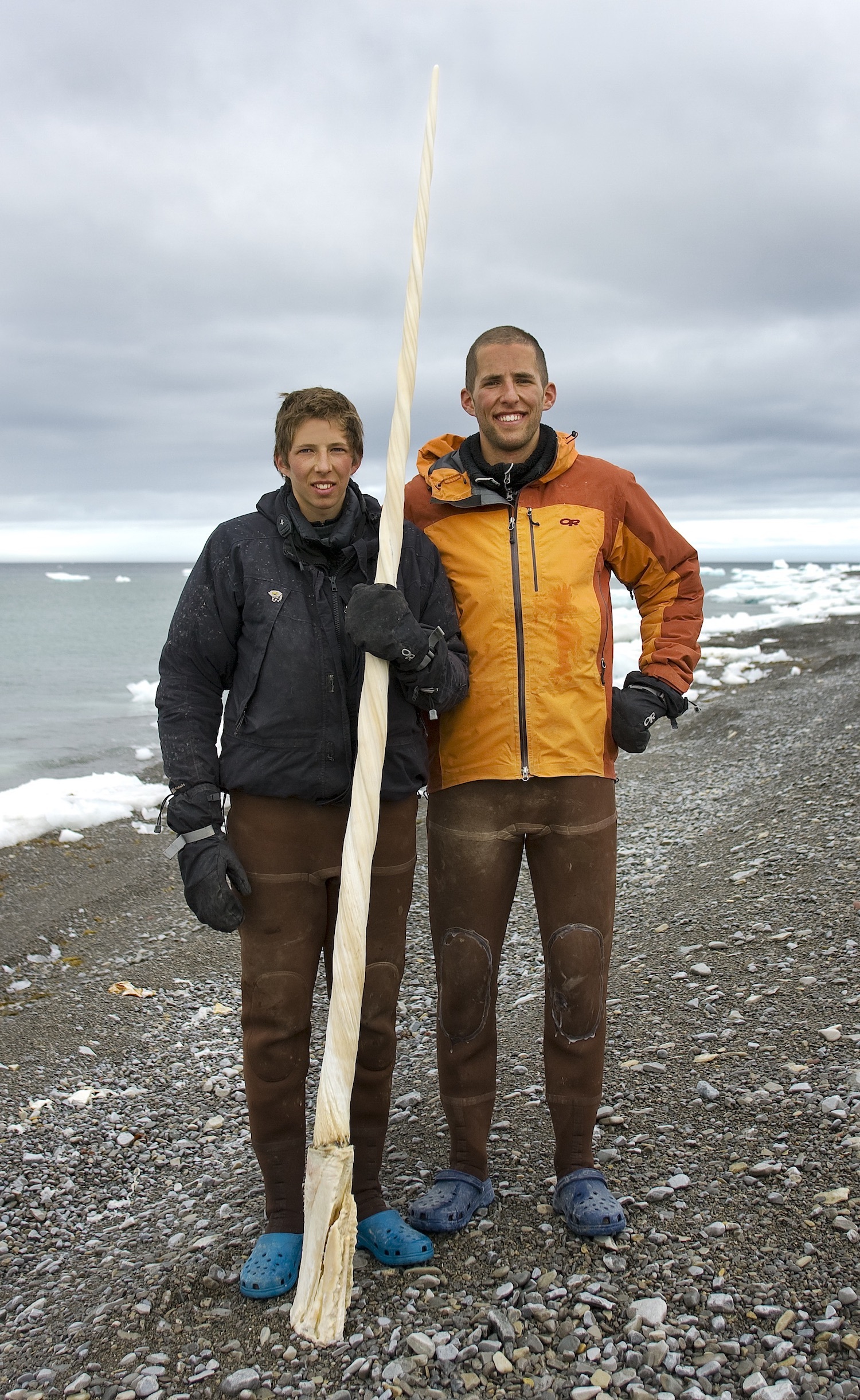
See Narwhal on our Narwhal Photography Expedition.
We understand that booking a trip like this is a big endeavour. Please reach out to us with any questions that you might have regarding your upcoming adventure.